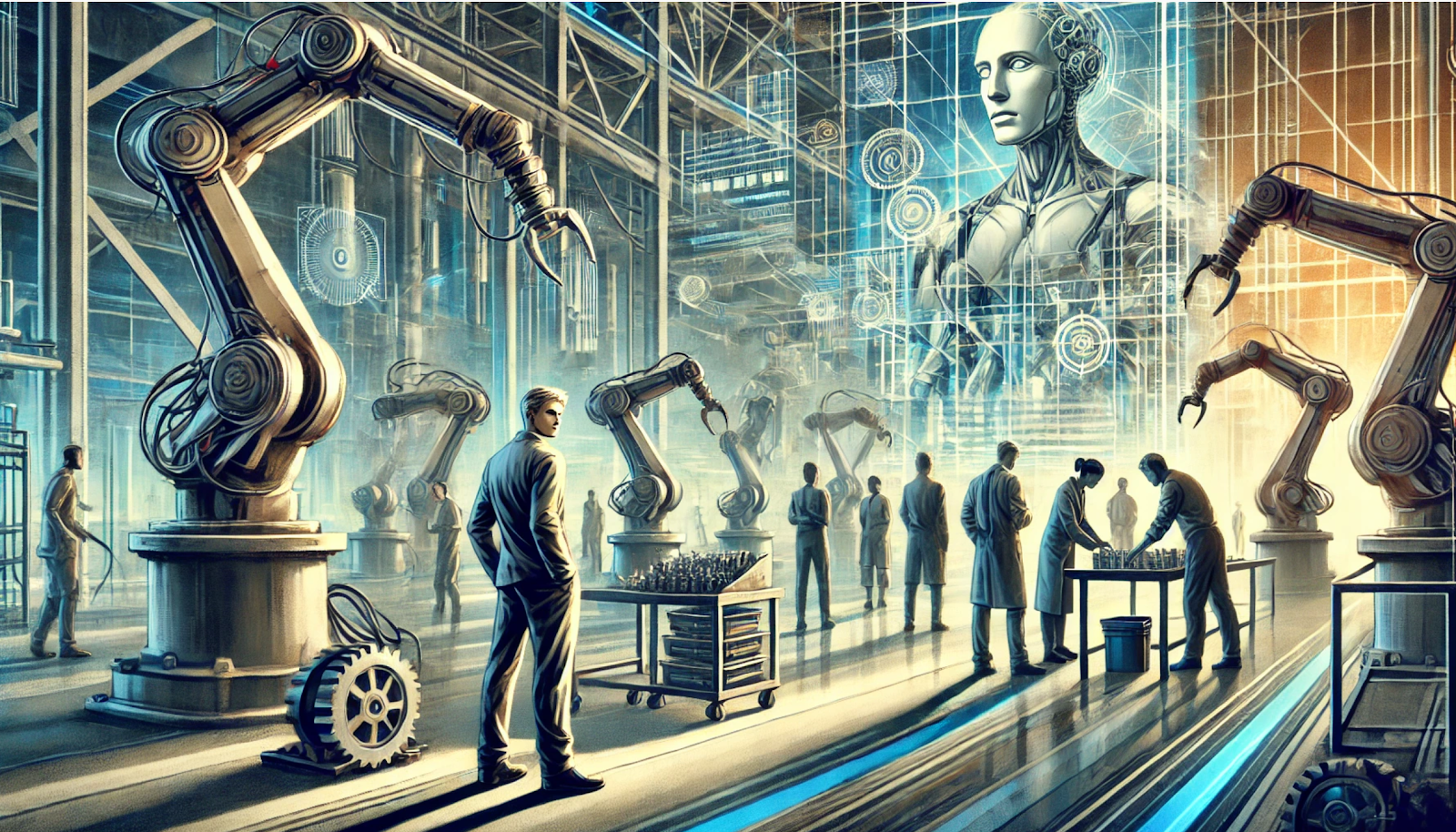Trade unions face a defining moment. Artificial intelligence presents genuine concerns about job displacement, yet the response need not mirror historical patterns of resistance to technological change. The Luddite movement of the 1810s serves as a cautionary tale - their destruction of mechanized looms neither preserved jobs nor improved workers' conditions. All technology affects labor; that it what technology is, work assistance.
The automation paradox offers a more nuanced perspective. While machines replace specific tasks, they generate new forms of work. The introduction of automated teller machines in banking led to more bank branches and tellers performing complex customer service roles. This pattern repeats across industries - automation reduces costs, expands services, and creates different job categories.
Labor leaders would serve their members better by negotiating robust transition arrangements. Key demands should include employer-funded retraining programs, preferential access to new positions, and compensation packages that recognize acquired skills. The focus must shift from preventing change to shaping its implementation.
The pace of AI integration varies significantly by sector. Manufacturing and data processing may see rapid adoption, but industries built on human relationships - education, healthcare, social work - will incorporate AI gradually as assistive technology. Complex organizations require extensive testing and workflow redesign before meaningful automation becomes feasible.
Economic history demonstrates that reduced production costs expand economic activity. When basic tasks become automated, human attention shifts to more sophisticated problems. The telephone eliminated telegraph operators but created vast new communication industries. Similarly, AI will likely automate routine cognitive work while opening possibilities in areas we have not yet imagined.
Unions retain significant leverage during this transition. Organizations need experienced workers to implement new technologies effectively. This position allows labor to negotiate favorable terms - extended notice periods, substantial retraining budgets, wage protection during transition, and clear paths to higher-skilled roles.
The key lies in recognizing AI as a tool for augmentation rather than pure replacement. A machine learning system may process medical images faster than radiologists, but interpreting results in complex cases still requires human judgment. Similar patterns will emerge across professions - AI handling routine tasks while humans focus on nuanced decision-making and interpersonal elements.
Rather than resist change, unions should position themselves as partners in managing transition. This approach preserves their relevance and better serves member interests. The alternative - attempting to prevent AI adoption - risks marginalization as companies seek ways around opposition or relocate to more amenable jurisdictions.
The challenge for labor leadership is to shift from defensive postures to proactive engagement. This means developing expertise in emerging technologies, identifying opportunities for worker advancement, and ensuring transition arrangements protect vulnerable members while facilitating adaptation to changing workplace demands.





No comments:
Post a Comment